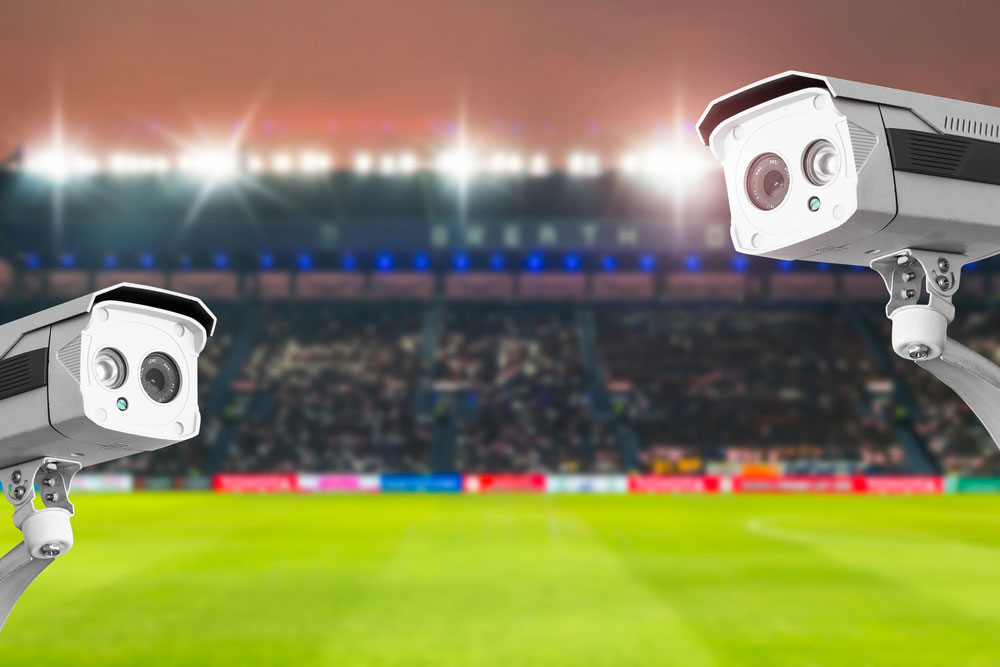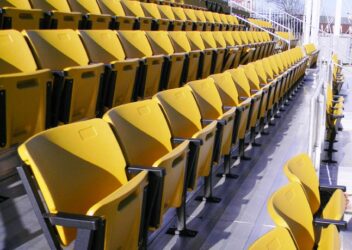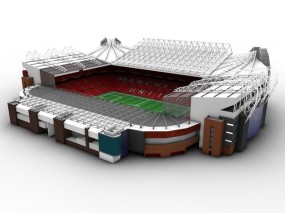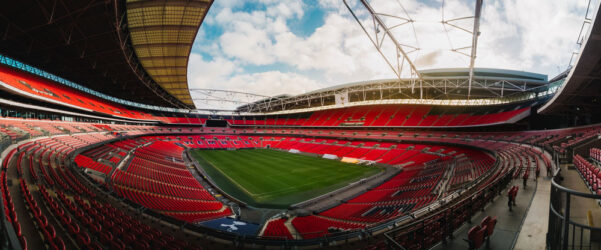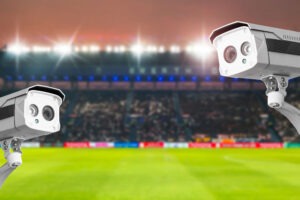 It cannot be denied that both security and safety are among the most important factors to be considered when a new stadium or arena is designed and subsequently constructed. It is a solemn responsibility indeed to ensure the safety of fans and patrons from their arrival to their departure. Spectators have a right to expect that they will enjoy the event in a safe environment. At times, safety needs and comfort considerations may oppose one another. At such times, safety must remain the paramount consideration. (See demonstration emergency evacuation procedures by FEMA.)
It cannot be denied that both security and safety are among the most important factors to be considered when a new stadium or arena is designed and subsequently constructed. It is a solemn responsibility indeed to ensure the safety of fans and patrons from their arrival to their departure. Spectators have a right to expect that they will enjoy the event in a safe environment. At times, safety needs and comfort considerations may oppose one another. At such times, safety must remain the paramount consideration. (See demonstration emergency evacuation procedures by FEMA.)
Safety and security issues can be loosely organized under these headings:
- Architectural design
- Structural safety
- Fire safety and prevention
- Operational safety and security
Architectural Design
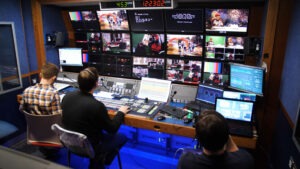 Safety considerations are an integral part of the design process from the start. Concourses must be wide enough for easy egress in emergencies. Entrances and exits must not possess the potential to become bottlenecks. Lighting must be adequate in all areas, and signs must clearly delineate evacuation routes and other important pathways. Non-flammable materials must be used as building and fire codes require, and they should be used in every possible aspect of construction.
Safety considerations are an integral part of the design process from the start. Concourses must be wide enough for easy egress in emergencies. Entrances and exits must not possess the potential to become bottlenecks. Lighting must be adequate in all areas, and signs must clearly delineate evacuation routes and other important pathways. Non-flammable materials must be used as building and fire codes require, and they should be used in every possible aspect of construction.
Structural Safety
Absolute compliance with all building codes and national standards is vital to ensure the structural integrity of the facility. When the welfare of thousands or tens of thousands of spectators is at stake, it is vital that the original design promote structural safety one-hundred percent.
Every potential falling risk must be identified and addressed. Of course, safety barriers must be able to stop even the most excited or unruly fans. Such barriers must be able to resist the substantial horizontal loads that can be created when great numbers of attendees simultaneously press against such a barrier. Walls, both interior and exterior, must also be able to withstand these potentially significant horizontal forces. Sightlines should also be a consideration in the design of gangways, ramps and other pathways.
Of course, experience teaches that the railings and safety barriers in front of the first row of seats in each section are of particular importance. There may be a temptation to compromise on the height of such barriers to aid sightlines, but safety concerns must prevail.
Fire Safety and Prevention
Past disasters at major venues worldwide have impressed upon everyone the absolute need to minimize the possibility of fire and/or smoke inhalation hazards. Open flames are not needed for a disaster to occur. Smoke inhalation is often the greater hazard to spectators, workers and others.
Fire prevention comes in active and passive forms. Fire extinguishers and sprinklers are active means of fire prevention, while fire doors and the clear division of areas into separate sectors are passive forms of fire prevention or suppression.
Project managers should work at all times with local fire department authorities to ensure that there is a full understanding on the part of local firefighters of the complete layout so that emergency services can be delivered in an expeditious manner if they are ever required.
Operational Safety and Security
 Stadiums and arenas must benefit from a comprehensive security strategy that encompasses every inch of the grounds and of the structure. A security consultant that has worked on security system design for stadiums and arenas can be retained to develop a strategic layout that provides for comprehensive camera surveillance of all important and appropriate areas. Such a consultant may simultaneously enhance system quality while decreasing overall costs. More on camera survelliance
Stadiums and arenas must benefit from a comprehensive security strategy that encompasses every inch of the grounds and of the structure. A security consultant that has worked on security system design for stadiums and arenas can be retained to develop a strategic layout that provides for comprehensive camera surveillance of all important and appropriate areas. Such a consultant may simultaneously enhance system quality while decreasing overall costs. More on camera survelliance
Surveillance – A centralized control room that provides security personnel with a thorough view of the venue is one key component, and the full deployment of CCTV cameras in an unobtrusive manner is another. Pan, tilt and zoom functions on modern cameras dramatically enhance their capabilities. Still, a trial-and-error period may be required prior to the grand opening to guarantee that all surveillance equipment is properly positioned and fully operational.
Public address system – The public address (PA) system needs to be fine-tuned so that emergency instructions can be successfully broadcast to every portion of the stadium or arena should the need arise. Today’s digital systems can offer highly audible sound when they are used properly. Of course, it is imperative that the system not be vulnerable to any potential power failure. Back-up generators and other systems can be used to ensure a fail-safe design.
Scoreboards and digital displays – Today’s stadiums invariably feature massive scoreboards that allow for projecting large video images to the spectators. In outdoor venues, these very large displays must be designed to withstand even the most extreme winds and other forces. Large scoreboards should be fully employed to display evacuation and other emergency instructions should the need ever arise.
Emergency vehicles – Ambulance, fire truck and other emergency vehicle access must be provided for in the initial design, and this access must always be maintained. It is important to consider what kinds of vehicles may require access in a crisis, and where they need to appear in order to most effectively deliver emergency services.
Continued Vigilance
Once the facility is hosting events, it is incumbent upon the operations manager and other responsible parties to ensure that the turnstiles and evacuation routes are completely operational. Critical exits must always remain unlocked and free of obstacles. Proper maintenance will allow the original design to help to provide for the safety and security of ticket holders.



